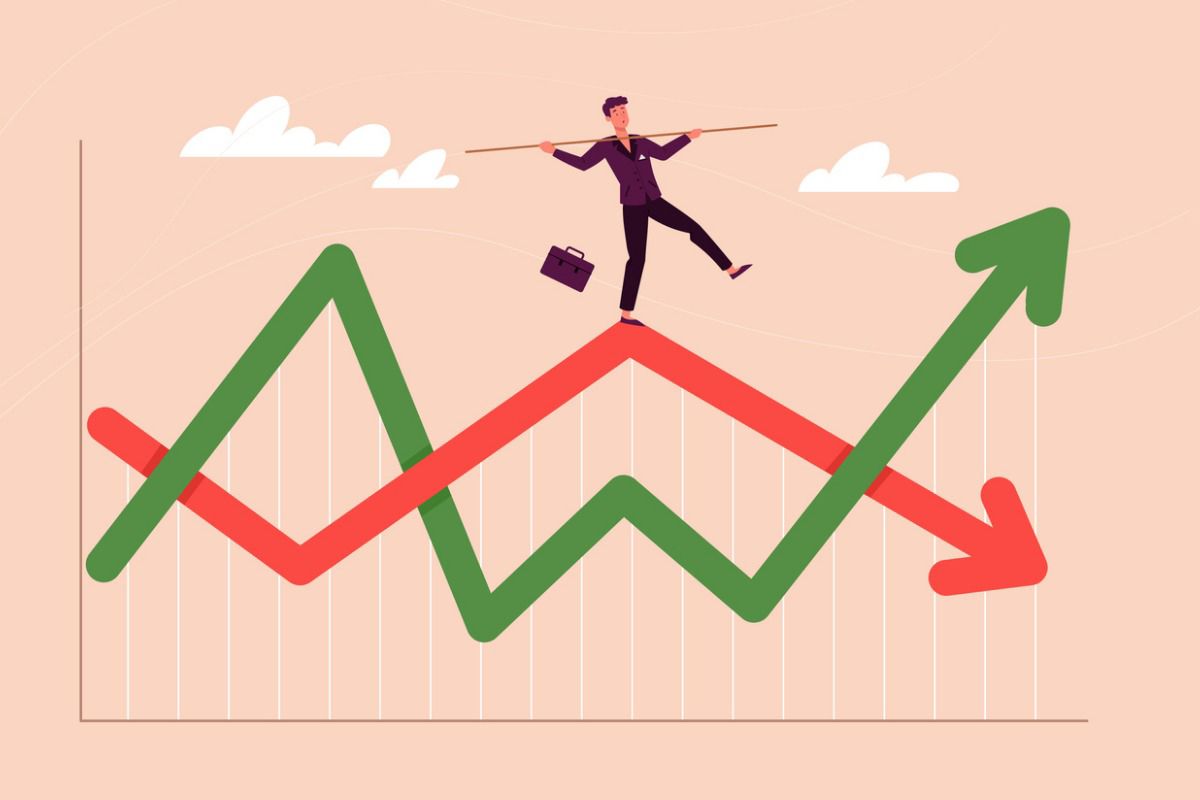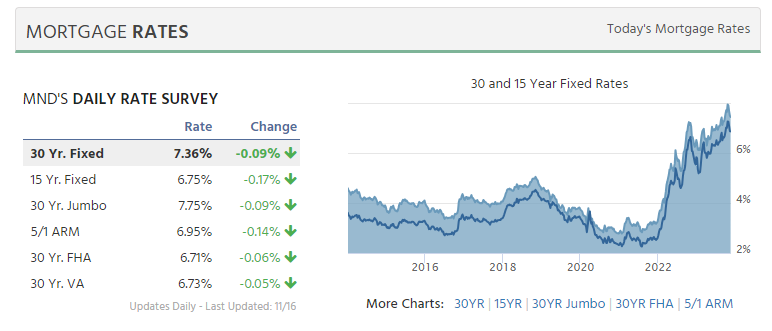The Federal Reserve's Latest Rate Hike: A Reaction and Analysis
The Federal Reserve hiked its benchmark interest rate by a quarter point. Consumers should anticipate higher borrowing costs, while savers may gain from higher yields on deposits. The Fed is attempting to find equilibrium between economic growth and inflationary pressures with this move.

The Federal Reserve hiked its benchmark interest rate by a quarter point to a range of 1.50% to 1.75%, the sixth increase since December 2015. The latest move, which was widely expected by economists and investors, comes as the central bank continues to gradually tighten monetary policy in response to an improving economy and labor market conditions.
The rate hike will affect a variety of financial transactions, including credit cards, adjustable-rate mortgages, and home equity lines of credit. Consumers should expect to see higher interest rates when they take out loans or open new accounts.
On the other hand, savers may benefit from the increase in rates as banks pay more for deposits. This could lead to higher yields on savings accounts, certificates of deposit, and money market funds.
The rate hike is an indication that the Fed believes the economy can handle further increases in rates without derailing growth. The central bank has signaled that it expects more hikes as it continues to monitor economic data for signs of inflation and other signals of an overheating economy.
It remains to be seen if the latest rate hike will have any lasting effects on inflation and other economic indicators, but for now the Fed seems comfortable with its current course of action. By gradually increasing rates, it is hoping to strike a balance between economic growth and inflationary pressures. Time will tell if it has gotten this calculation right.
Overall, the rate hike is not unexpected and should be seen as part of the Fed's ongoing efforts to keep the economy on track. Investors should take note and position their portfolios accordingly. It is important to remember that higher interest rates can lead to higher borrowing costs for consumers but can also help stabilize the economy in the long-term. The Fed will continue to monitor economic data for signs of inflation and other signals of an overheating economy as it decides on future policy actions. Thank you for reading!


